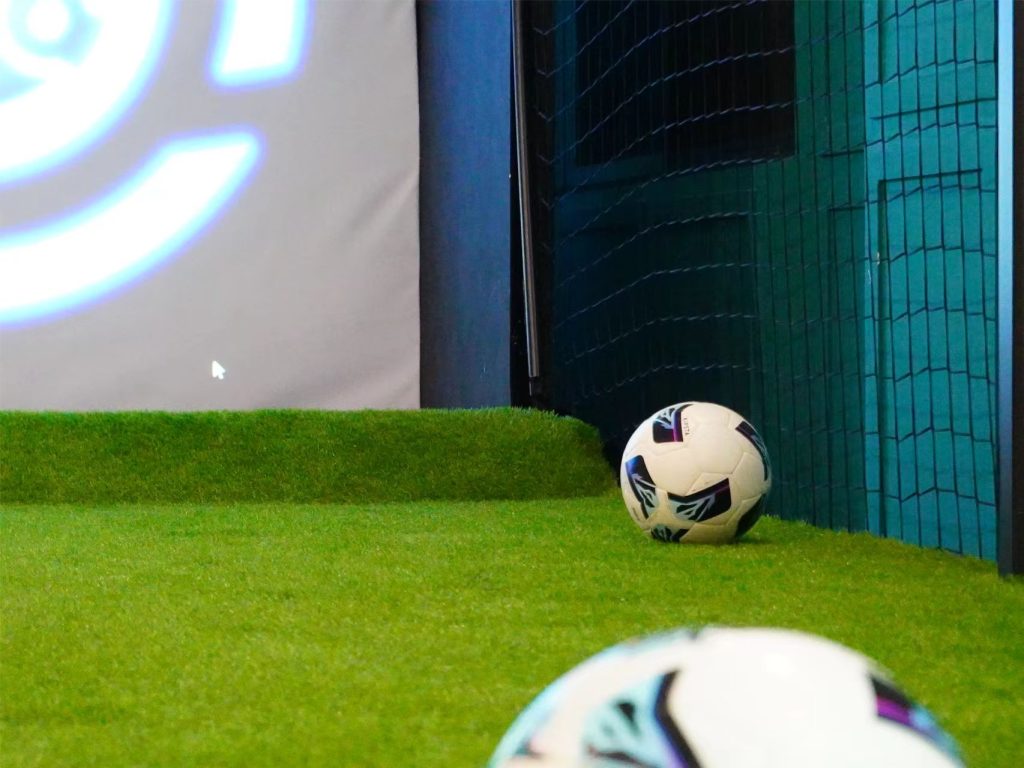


In modern football simulation games, the physics engine is one of the core technologies behind creating an authentic match experience. Whether it’s the trajectory of the ball, the collision reactions between players, or the impact of field conditions on the game, the physics engine plays a crucial role. So, how does a physics engine in football simulators simulate realistic ball movement and collisions? This article will explore this question in depth, focusing on technical principles, implementation methods, and challenges.
1. The Core Role of the Physics Engine
A physics engine in is a software component in game development used to simulate real-world physical behaviors. In football simulators, the physics engine is primarily responsible for the following:
A well-designed physics engine seamlessly integrates these elements, making players feel as though they are part of a real football match.

2. How to Simulate Realistic Ball Movement?
Ball Trajectory
The flight path of the ball is one of the most critical aspects of physics simulation in football games. To achieve realism, developers must consider the following factors:
For example, when a player executes a curve shot, the physics engine must calculate the interaction between the ball’s spin, air resistance, and gravity to generate a realistic curved trajectory.
Ball Bounce and Roll
The bouncing and rolling behavior of the ball also requires precise simulation. This includes:
3. How to Simulate Realistic Collisions?
Player-Ball Collisions
Collisions between players and the ball are among the most common interactions in football. To simulate these, the physics engine must:
Player-Player Collisions
Collisions between players are an inevitable part of football matches. To simulate these complex interactions, the physics engine must:
Ball-Field Boundary Collisions
Collisions between the ball and field boundaries (e.g., advertising boards, goalposts) also require accurate simulation. This includes:
4. Challenges in Achieving Realistic Physics Simulation
Computational Complexity
Realistic physics simulation demands significant computational resources. For example, simultaneously simulating multiple player collisions, ball trajectories, and environmental factors can strain hardware performance. Developers often strike a balance between realism and computational efficiency.
Integration of Physics and Animation
The physics engine must work closely with the animation system to ensure that player movements and ball behavior appear natural and fluid. For instance, when a player kicks the ball, the animation system must adjust the player’s posture based on the physics engine’s calculations to avoid awkward movements.
Dynamic Impact of Environmental Variables
Football match conditions (e.g., weather, field state) constantly change, posing additional challenges for the physics engine. For example, a wet field reduces ball rolling speed and player traction, and these variables must be calculated and reflected in real-time.
5. Future Directions
As technology advances, the physics engines in football simulators will become smarter and more efficient. Here are some potential future developments:
The physics engine is the cornerstone of creating an authentic football experience in simulators. By accurately simulating ball movement, collision effects, and environmental factors, developers can immerse players in a lifelike football world. However, achieving this goal is no easy task, as it requires overcoming challenges such as computational complexity, animation integration, and dynamic environmental variables.
In today’s fast-paced entertainment industry, businesses are constantly searching for innovative attractions to captivate visitors. One technology changing the game is the soccer simulator (soccer sim). And CHFUNTEK Soccer sim works with Soccer Ball Launcher, which can serve different angles and different speed balls for shot and kick; These advanced systems are becoming an essential feature for indoor game parks and family entertainment centers, offering unique experiences that combine technology, game, and physical activity with our reality experiences.

If you would like to know more about the products and services we provide, please contact us. Whether you need a standard solution or a tailored solution, we can provide you to meet your needs.
